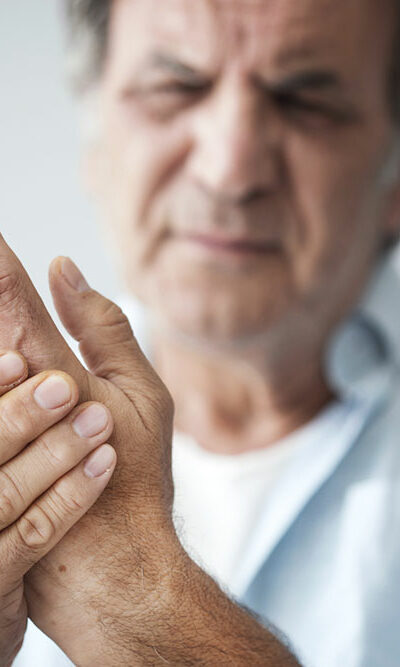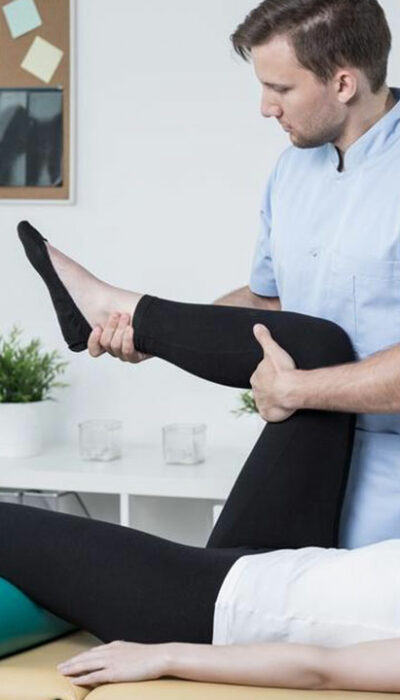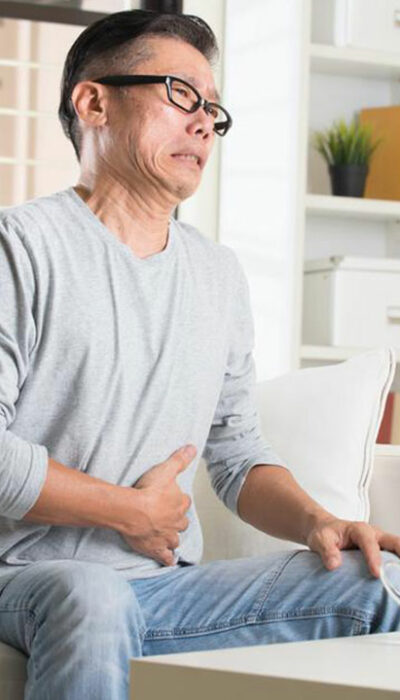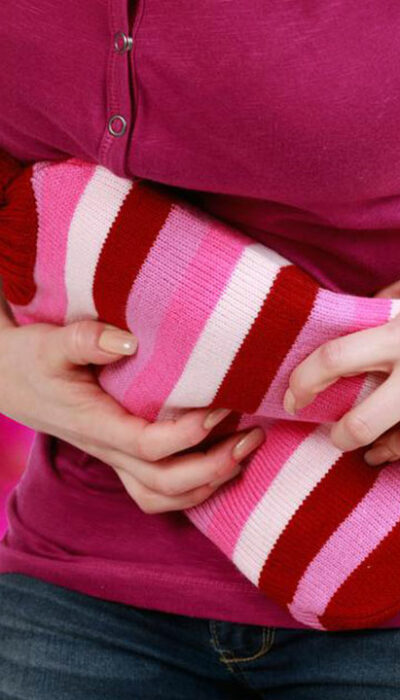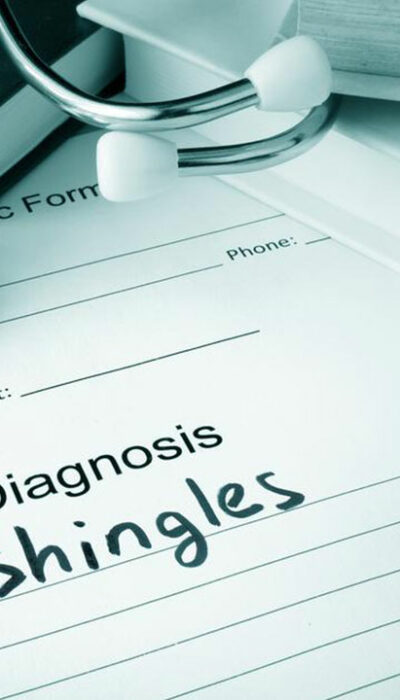
All You Need to Know about Pain in the Leg Muscles
Have you been experiencing pain in your leg muscles? Pain in the legs may occur due to different conditions that affect the joints, bones, muscles, ligaments, nerves, blood vessels, tendons or skin. You may experience leg pain in the ankle, behind the knee, foot, thigh, at the back of the leg or any other part. It may occur while lying down at night or when you are exercising or running. Leg pain can also affect one or both legs depending on the cause. Usually, pain in the leg muscles occurs due to tissue inflammation caused by a disease or injury. Because a leg contains numerous structures and types of tissues, there are many muscle injuries and conditions that can lead to leg pain. When to see a doctor about pain in the leg muscles? Sometimes it becomes difficult to know when you should see a doctor about the muscle pain in your leg. However, you should consider scheduling an appointment if you start experiencing the following symptoms: Muscle cramps: Muscle cramps are one of the reasons behind leg pain, and several factors could trigger this type of pain. The cause can be dehydration, muscle fatigue, vigorous exercise, poor circulation of blood in your leg, sitting or standing too much, and not stretching enough among other reasons. These muscle cramps lead to intense leg pain. Swelling in both legs: If any of your leg muscles have been injured or fractured, you will experience pain and swelling. Pain while walking: You may find it hard to walk due to the pain in your leg muscles. It usually occurs when some tissues in your leg muscles overstretch. A tingling sensation: This sensation is not necessarily painful, and it can occur when you are resting or walking around. However, you should see a doctor as its cause may be nerve damage in the leg.
